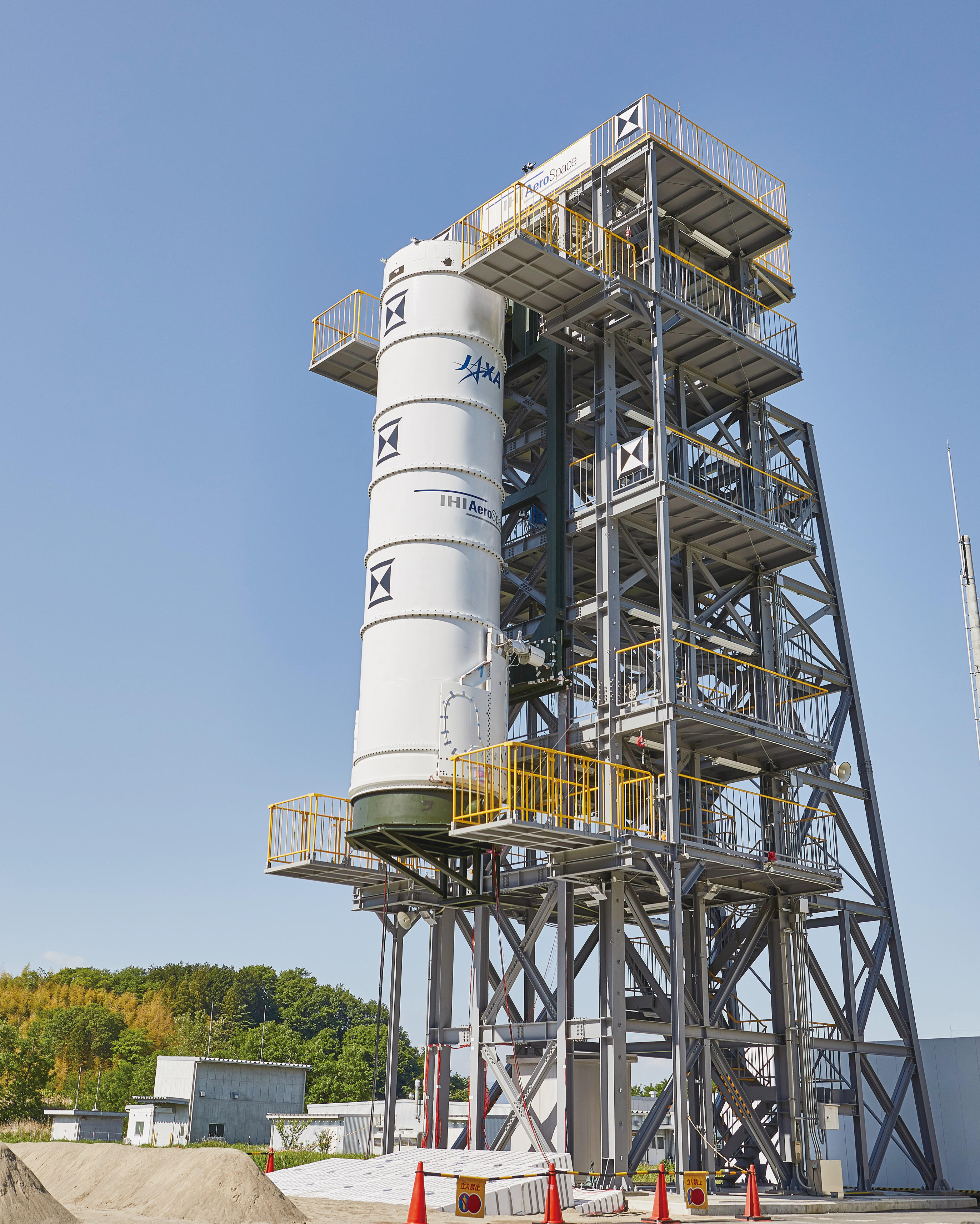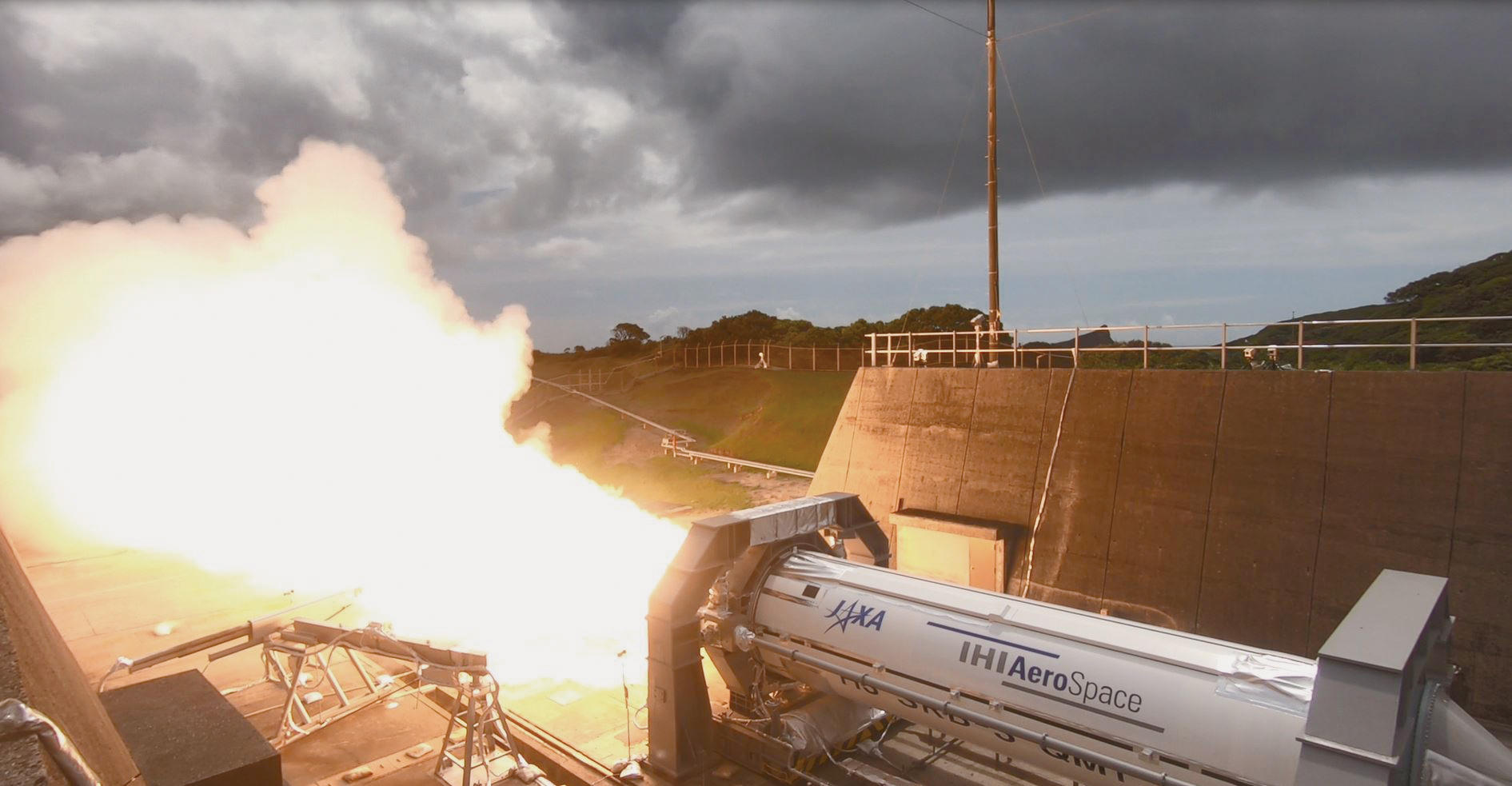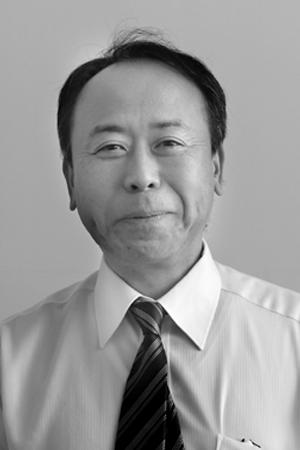Space Transportation Technology Directorate
New Solid Rocket Booster
for Next-generation Launch Vehicle "H3"
As the new H3 Launch Vehicle is nearing its completion, efforts are also underway to develop the SRB-3 solid rocket booster. A solid rocket booster is a solid fuel engine that supplements the propulsion of the rocket's main engine, in order to give thrust to the rocket at the time of launch. It is attached to the sides of the core airframe (main body of the rocket), and is separated from the rocket after combustion.
The SRB-3 uses the technologies cultivated through the use of the current SRB-A that is being used for the H-IIA & B Launch Vehicles, while also pursuing ways to simplify the booster and reduce its costs. A part of such efforts is seen in the system for how the SRB-3 is attached to and separated from the core airframe. With the SRB-A, an arm is used to attach itself to the rocket as if hugging onto the core airframe, but in the case of the SRB-3, it uses a method of hooking itself to the core airframe using a pin. By simplifying this aspect, it significantly reduces the parts needed to attach and detach the booster, thus improving reliability while also reducing costs. In May 2019, a separation test was conducted at the IHI Aerospace Tomioka Plant in order to check whether this system would work properly. NAMURA Eijiro, the Function Manager for the H3 Project Team, reflects back on the test as follows.
"Since we did not have any example of using a separation method for a large-sized booster as in this case, we needed to develop the separation system starting from the very beginning. We had difficulty in figuring out how to simulate the separation from the core airframe and enhance the level of verification, but the test ended successfully. It also raised the motivation of the everyone working at the site."

and about a second later, a thunderous booming sound rained onto the ground and reverberated throughout the test site.
On August 25, 2019, a second ground firing test was held at the Tanegashima Space Center. The previous test used a prototype, but this test was conducted using the qualification model. The firing test ended well amidst thunderous noise.
"Once combustion starts, we cannot stop it mid-way, so this is a one-shot test. This is why all of the sections proceeded by making sure of the preparations, with a high level of concentration. I was relieved when we confirmed that we were able to acquire data. But the real importance is in examining that data, so no one started applauding when the test was done. Rather, everyone at the site was filled with quiet excitement as our thoughts moved on to the next step, thinking, 'we completed this one, now on to the next!'"

is an important location that has overseen the history in the development of solid rocket boosters.
Another feature of the SRB-3 is in its ability to be used with flexibility. Rocket boosters are used in either a pair of two or a group of four, depending on the shape or the rocket and the weight of the things being loaded onto it. With the SRB-A, two models were made using different types of combustion, but the SRB-3 is only made with one model. Furthermore, the SRB-3 is made compatible with the small-sized solid fuel rocket "Epsilon," so that the booster can also be used for the Epsilon Launch Vehicle as well. This helps increase efficiency in the manufacturing of the booster, and also enables achieving a stable level of quality.
In the future, NAMURA says, "We are scheduled to conduct a third on-the-ground firing test and a second separation test by 2020. With those tests, we will have overcome the biggest challenge in the development of this SRB-3." The development project is now about to move into its most critical stage.
For dynamic images of the SRB-3 on-the-ground firing test:
Profile

|
|
|---|
All the images are copyrighted ©JAXA unless otherwise noticed.
- Home>
- Global Activity>
- Public Relations>
- JAXA’s>
- JAXA's No.79>
- New Solid Rocket Booster for Next-generation Launch Vehicle "H3"